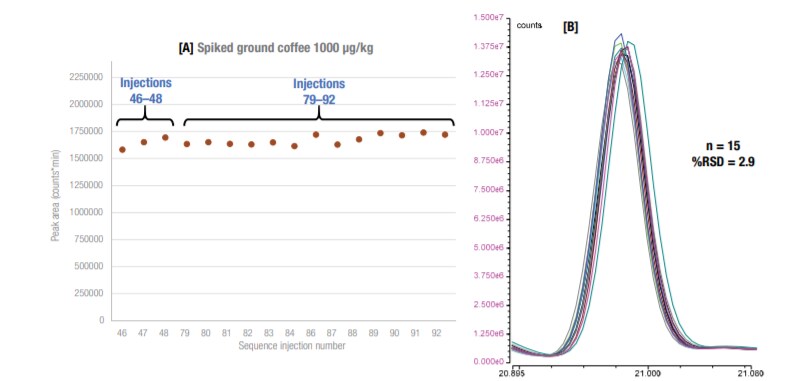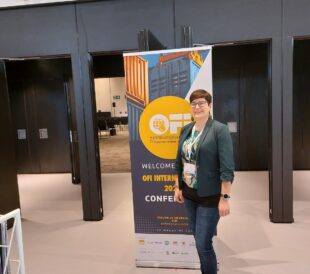 Acrylamide (2-propeneamide) is a chemical that has been found in certain cooked foods including roasted coffee. Acrylamide is highly toxic, can cause neurotoxicity, genotoxicity, and reproductive harm, and is a likely human carcinogen. Due to the toxicity of the compound, the food agencies around the world have introduced guidance for the monitoring of Acrylamide in various foodstuffs.
Acrylamide (2-propeneamide) is a chemical that has been found in certain cooked foods including roasted coffee. Acrylamide is highly toxic, can cause neurotoxicity, genotoxicity, and reproductive harm, and is a likely human carcinogen. Due to the toxicity of the compound, the food agencies around the world have introduced guidance for the monitoring of Acrylamide in various foodstuffs.
The traditional method of analyzing acrylamide in food is using LC-MS/MS but requires labor-intensive complex extraction techniques which are time-consuming and use large amounts of organic solvents. GC-MS has also been used but traditionally uses derivatization by bromination which takes long periods of time and can be unstable during the analysis.
In order to overcome the challenges in this analysis, Thermo Fisher Scientific scientist Jane Cooper has developed a new analytical method. The work includes the use of the ISQ™ 7000 Single Quadrupole GC-MS and a simple acetonitrile extraction followed by silylation derivatization. This method has been proven to be robust, simple and cost-effective. Using this analytical method, we can be sure that the coffee we so desperately need in the morning is safe for consumption with no unexpected side effects. For more information on the full analytical method read the full application note here.

[A] Robustness data shown as consistent peak area counts for acrylamide determined in QC ground coffee samples spiked at 200 ppb (equivalent to 1000 µg/kg), analyzed mid (inj. no. 46–48), and end (inj. no. 79–92) of a 99-injection analytical sequence, containing derivatized blanks, calibration standards, crisp, instant coffee, and ground coffee samples. [B] overlaid EIC (m/z 128) of the QC ground coffee sample (n=16 injections) analyzed across the whole analytical sequence. For all QC ground coffee samples containing acrylamide at the 200 ppb level across the analytical sequence of 99 injections, the calculated %RSD absolute peak area counts was 2.9.



